The dart flights angle relative to the barrel significantly impacts dart trajectory and stability in flight; selecting the right angle helps achieve optimal aerodynamic performance for straighter, more consistent throws. This article will explore how flight shape, material, and even subtle angle adjustments can improve your accuracy, reduce dart wobble, and enhance your overall darting experience.
⚠️ Still Using Pen & Paper (or a Chalkboard)?! ⚠️
Step into the future! The Dart Counter App handles all the scoring, suggests checkouts, and tracks your stats automatically. It's easier than you think!
Try the Smart Dart Counter App FREE!Ready for an upgrade? Click above!
Understanding the Impact of Dart Flights Angle
The angle of your dart flights, although often overlooked, plays a crucial role in the overall performance of your darts. It’s about finding the right balance between drag and lift, allowing the dart to fly true and hit its mark. A poorly angled flight can lead to erratic throws, increased dart wobble, and ultimately, lower scores. Understanding how different angles affect the flight path is key to optimizing your equipment.
Think of dart flights as the steering wheel of your dart. They control the dart’s stability and direction through the air. The surface area of the flight and its angle influence how much air resistance (drag) is generated, which in turn affects the dart’s speed and trajectory. A larger flight surface provides more drag, slowing the dart down and causing it to fly in a more arced path. Conversely, a smaller flight surface offers less drag, allowing for a faster, straighter flight. But without enough drag, the dart may become unstable and wobble.
The Science Behind the Angle
The physics behind dart flight is complex, but understanding the basic principles can help you make informed decisions about your equipment. When a dart is thrown, it’s subject to several forces, including gravity, air resistance, and lift. The angle of the dart flights affects both air resistance and lift, influencing how these forces interact.
Imagine the air flowing around the dart. The shape and angle of the flights create pressure differences, resulting in lift. A steeper angle might generate more lift, but it can also increase drag and make the dart more susceptible to crosswinds. A shallower angle, on the other hand, might reduce drag but offer less stability. Finding the sweet spot for your throwing style is crucial.
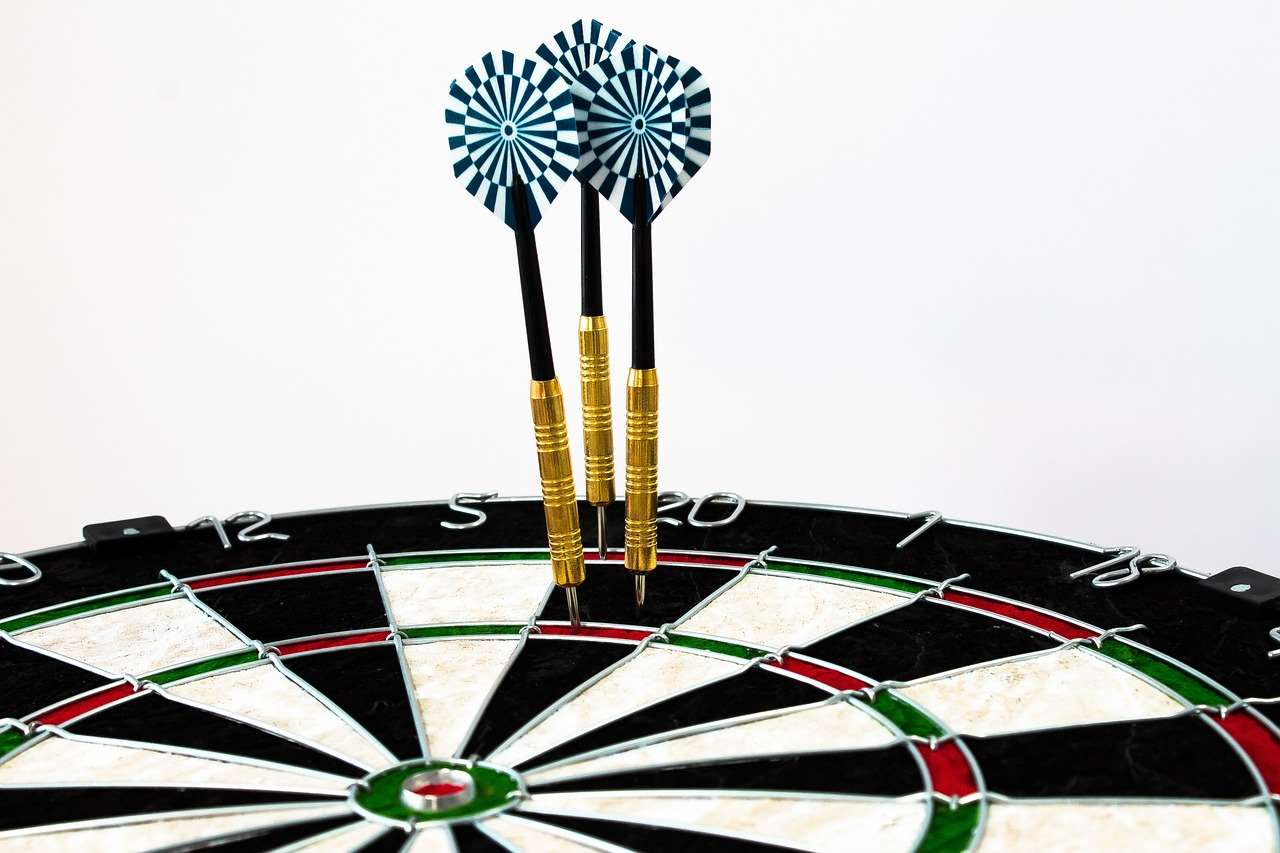
Factors Influencing Optimal Dart Flights Angle
Several factors influence the optimal dart flights angle for any individual player. These include the weight of the dart, the grip, the throwing style, and even the environment in which you’re playing.
- Dart Weight: Heavier darts generally benefit from larger flights with potentially steeper angles to provide sufficient stability. Lighter darts might perform better with smaller flights and shallower angles for less drag.
- Grip: How you grip the dart can affect the release and the initial spin imparted on the dart. A consistent grip is essential for consistent results.
- Throwing Style: A smooth, consistent throw will require less correction from the flights than a jerky or inconsistent throw. Players with a fast, powerful throw might prefer smaller flights to reduce drag, while those with a slower, more controlled throw might benefit from larger flights for added stability.
- Environment: Playing in a drafty room can significantly impact dart flight. In such conditions, larger flights might be advantageous to counter the effect of crosswinds.
Experimentation is key. Try different flight shapes, sizes, and materials to see what works best for you. Minor adjustments to the dart flights angle can sometimes make a significant difference in your accuracy and consistency.
Experimenting with Flight Shapes
Different flight shapes affect the dart flights angle and aerodynamic properties. The most common shapes include standard, kite, slim, and pear. Each shape offers a different balance between stability and drag.
- Standard Flights: Provide the most surface area and therefore the most stability. They are a good starting point for beginners or players who prefer a more controlled flight path.
- Kite Flights: Offer a balance between standard and slim flights, providing good stability with slightly less drag.
- Slim Flights: Offer the least surface area and therefore the least drag. They are a good choice for players with a fast, powerful throw who want a straighter, faster flight path.
- Pear Flights: Similar to standard but slightly smaller, providing a good compromise for balance and speed.
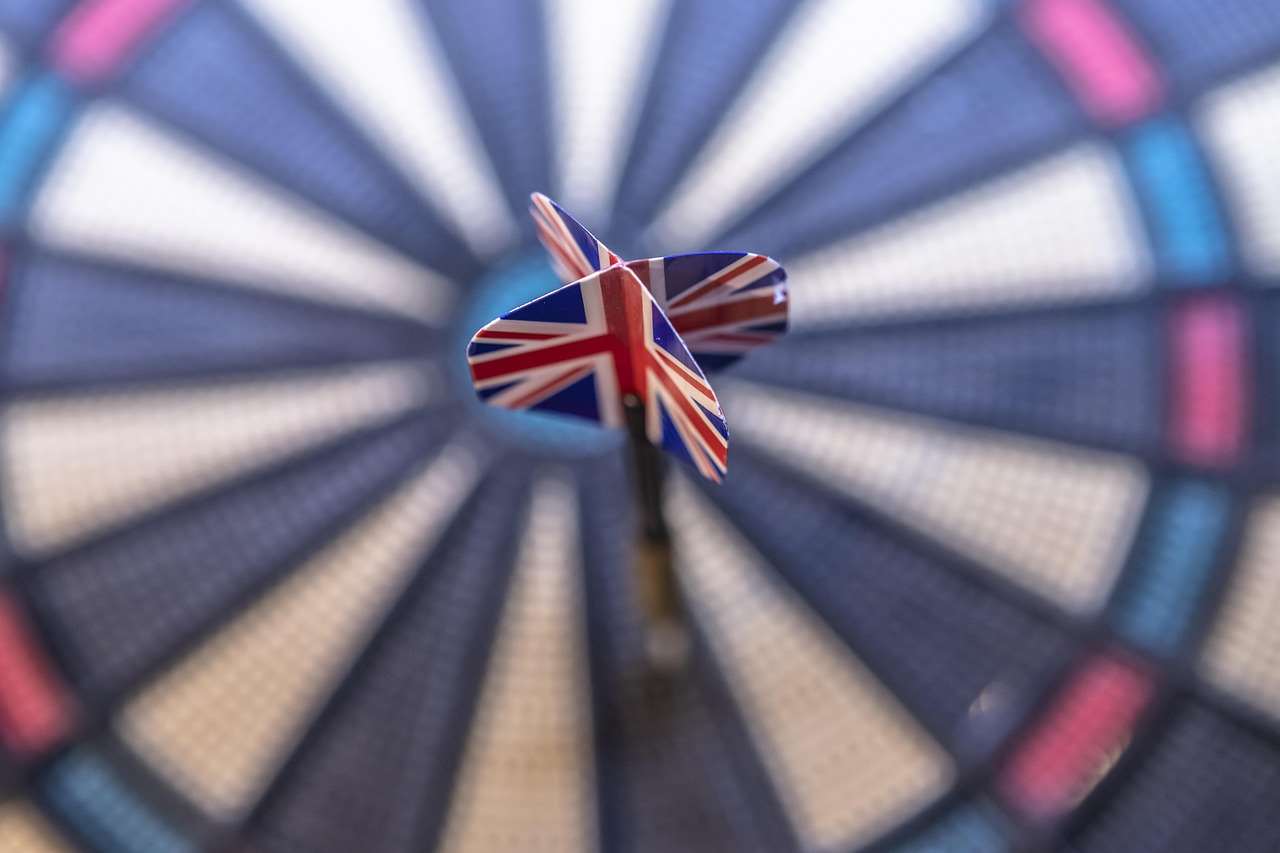
Adjusting Your Dart Flights for Better Performance
Once you understand the basic principles, you can start making adjustments to your dart flights angle to fine-tune your dart’s performance. This might involve changing the flight shape, material, or even using flight protectors or springs.
Consider these troubleshooting tips when experiencing problems with your dart flight:
- Dart Wobbling: If your dart wobbles excessively in flight, it could indicate that the flights are too small or that the angle is not sufficient to stabilize the dart. Try using larger flights or flights with a steeper angle.
- Dart Diving: If your dart consistently dives downwards before reaching the board, it could indicate that the flights are too large or that the angle is too steep, creating too much drag. Try using smaller flights or flights with a shallower angle.
- Dart Fishtailing: Fishtailing, where the dart wags from side to side, can indicate inconsistent release or mismatched flight size for the dart’s weight. Examine your throwing motion for inconsistencies and try adjusting your dart flights angle or switching flight shapes.
- Dart Drifting: If the dart drifts consistently to one side, you might be imparting spin on release. Focus on a straight release and ensure your darts set near me are properly balanced. Consider very slight adjustments to your grip to see if it helps.
The Role of Dart Shafts and Stems
While this article focuses on the dart flights angle, the shaft (or stem) is another crucial component that influences the overall balance and flight characteristics of your dart. The length and material of the shaft can affect the dart’s center of gravity and its stability in flight.
Shorter shafts generally move the center of gravity forward, making the dart more stable and less prone to wobble. Longer shafts move the center of gravity backward, making the dart more responsive to subtle movements and potentially allowing for a more arced flight path. The material of the shaft, such as nylon, aluminum, or carbon fiber, can also affect its weight and durability.
Using Flight Protectors and Springs
Flight protectors and springs can help extend the life of your flights and improve their performance. Flight protectors are small metal or plastic caps that fit over the ends of the flights, preventing them from being damaged by other darts. Springs fit between the shaft and the flight, providing a more secure connection and preventing the flights from falling off during play. These can subtly alter the dart flights angle and overall aerodynamics.
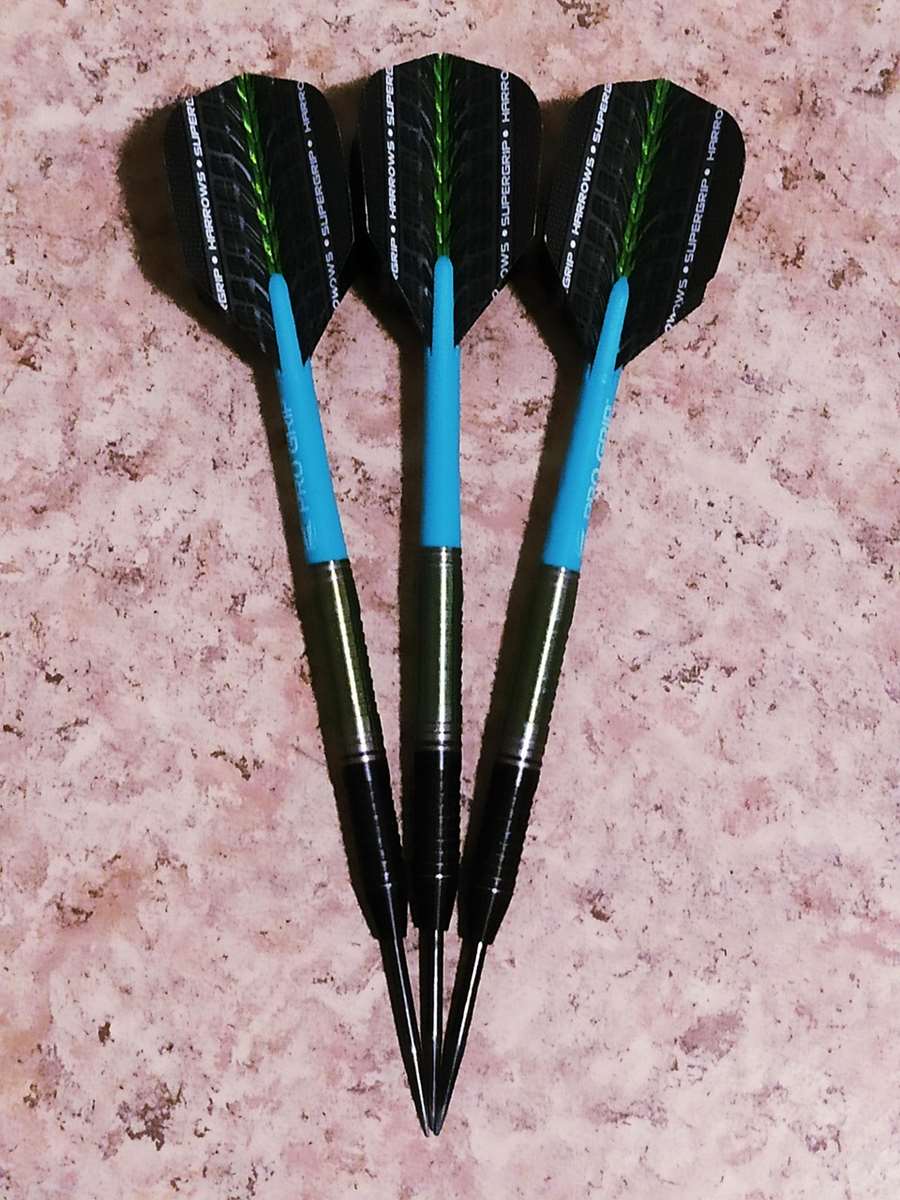
Dart Flights Angle: Material Matters
The material of your dart flights also impacts their durability, flexibility, and ultimately, the dart flights angle during flight. Common materials include:
- Polyester: Durable and resistant to tearing, polyester flights are a popular choice for both casual and serious players.
- Nylon: Thinner than polyester, nylon flights offer less drag and a faster flight path. They are also more prone to damage.
- Plastic/Molded: These flights offer consistent shape and durability and are generally more rigid, maintaining a consistent dart flights angle.
- Aluminum: While less common for the entire flight, aluminum is often used for flight protectors or integrated flight/shaft systems. These are highly durable but can be more expensive.
The choice of material depends on your personal preference and playing style. Consider the balance between durability and aerodynamic performance when making your selection. Some players even use laminated flights for increased durability and a slightly stiffer feel, influencing the effective dart flights angle during flight.
Fine-Tuning Your Throw with Flight Adjustments
Understanding how dart flights angle interacts with your throwing motion is crucial for consistent scoring. Small changes in your grip, stance, or release can be magnified by the flight characteristics. Therefore, adjusting your flights should often be paired with an assessment of your overall technique.
For instance, if you notice you consistently throw slightly to the left, you might not immediately adjust the dart board bullseye height. Instead, experiment with slightly different flights to compensate for the natural tendency in your throw. This illustrates how equipment and technique are intertwined.
Consider these aspects of your throw when diagnosing flight issues:
- Release Point: Are you releasing the dart at the same point every time?
- Follow-Through: Is your follow-through smooth and consistent?
- Grip Pressure: Are you gripping the dart too tightly or too loosely?
By paying attention to these details, you can better understand how your throwing motion affects the flight of your dart and make more informed adjustments to your dart flights angle.
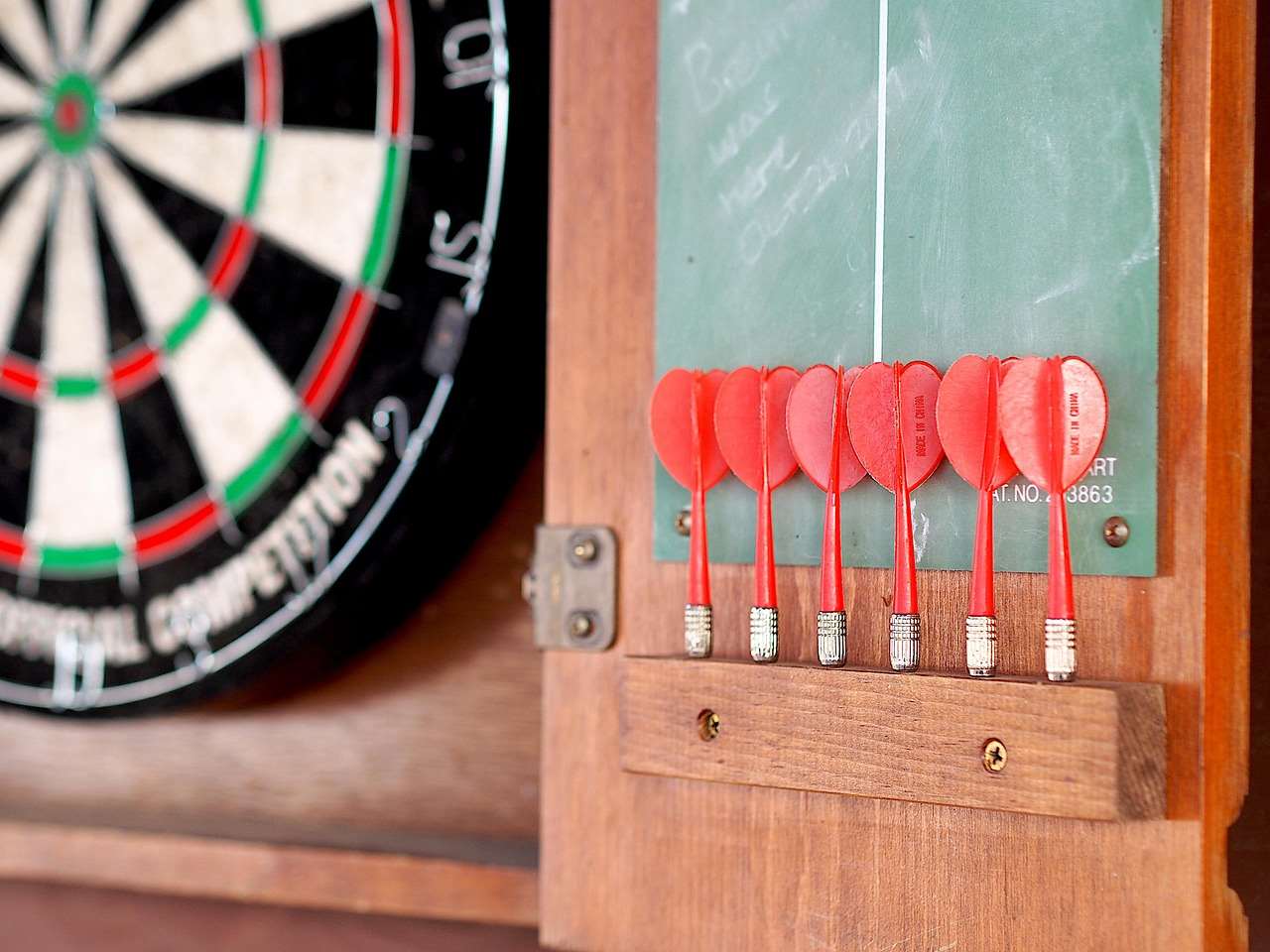
Advanced Dart Flight Considerations
Beyond the basics, advanced players often experiment with subtle variations in flight shape and material to achieve a specific flight characteristic. This might involve using custom-made flights or making small modifications to existing flights.
Some players even experiment with adding small weights to their flights to alter the dart’s balance and trajectory. This is a highly specialized technique that requires a deep understanding of dart physics and aerodynamics.
The Psychology of Dart Flight Selection
Ultimately, the choice of dart flights is a personal one. What works well for one player may not work well for another. It’s important to experiment with different options and find what feels most comfortable and confident for you.
Confidence in your equipment can have a significant impact on your performance. If you believe that your flights are helping you throw better, you are more likely to throw better. This is the power of the placebo effect in action.
Don’t be afraid to try new things and to challenge your assumptions. The world of dart flight selection is vast and ever-evolving. There’s always something new to learn and to discover. You might even be interested in the precision darts league, where such minutiae can be tested and perfected under pressure.
Conclusion: Mastering Your Dart Flights Angle
Understanding and optimizing your dart flights angle is a journey that can significantly improve your dart game. By considering the factors discussed in this article – dart weight, throwing style, flight shape and material – you can fine-tune your equipment to achieve greater accuracy and consistency. Remember that experimentation is key; try different combinations until you find what works best for you. A good starting point could be looking at gerwyn price contour darts for inspiration.
Don’t underestimate the power of subtle adjustments. Even a slight change in dart flights angle can have a noticeable impact on your dart’s trajectory. So, take the time to experiment, observe, and refine your setup. With patience and persistence, you can unlock your full potential on the dartboard. To help track your progress and analyze your throws, consider using a Cricket darts scorer app!
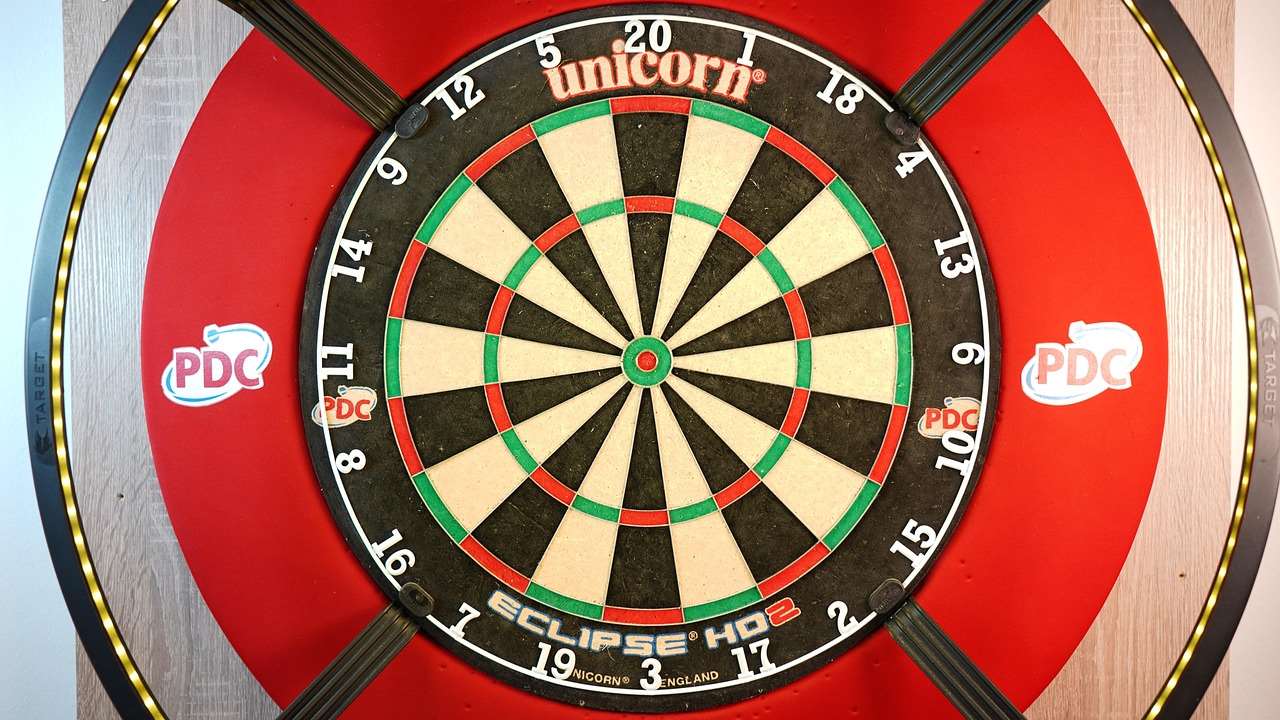
Hi, I’m Dieter, and I created Dartcounter (Dartcounterapp.com). My motivation wasn’t being a darts expert – quite the opposite! When I first started playing, I loved the game but found keeping accurate scores and tracking stats difficult and distracting.
I figured I couldn’t be the only one struggling with this. So, I decided to build a solution: an easy-to-use application that everyone, no matter their experience level, could use to manage scoring effortlessly.
My goal for Dartcounter was simple: let the app handle the numbers – the scoring, the averages, the stats, even checkout suggestions – so players could focus purely on their throw and enjoying the game. It began as a way to solve my own beginner’s problem, and I’m thrilled it has grown into a helpful tool for the wider darts community.